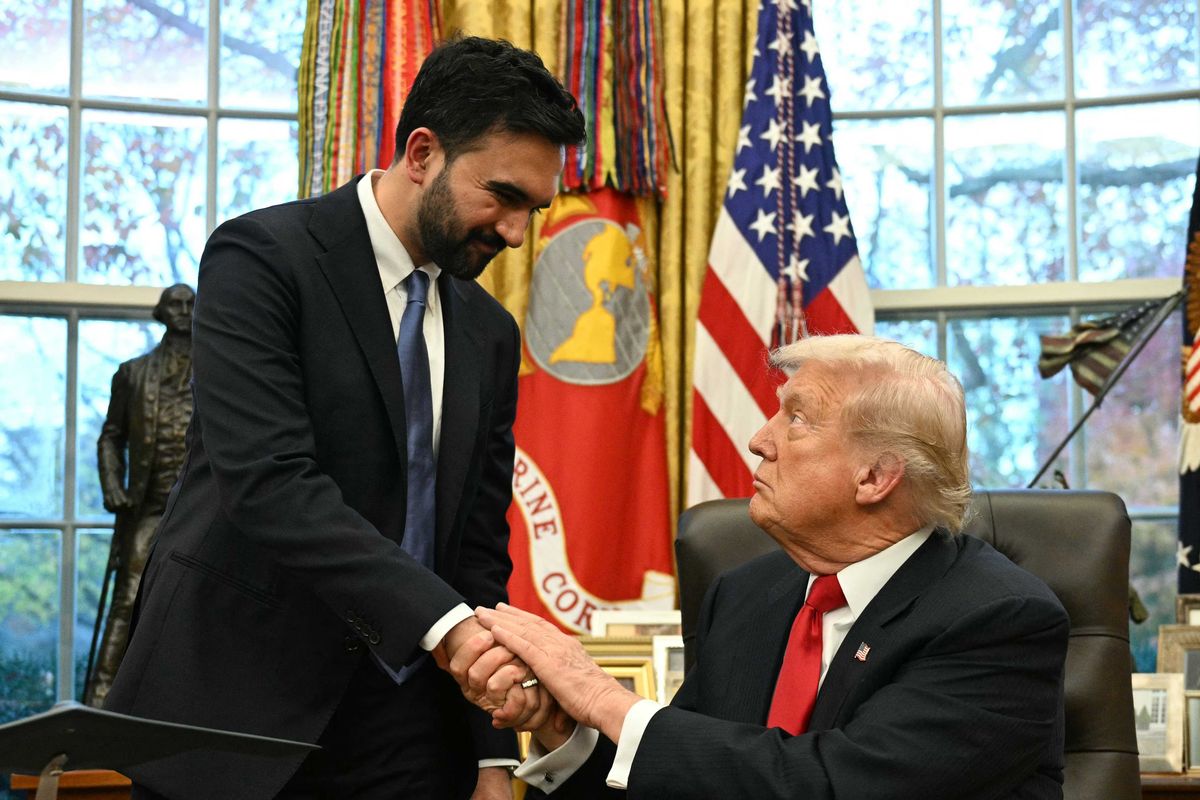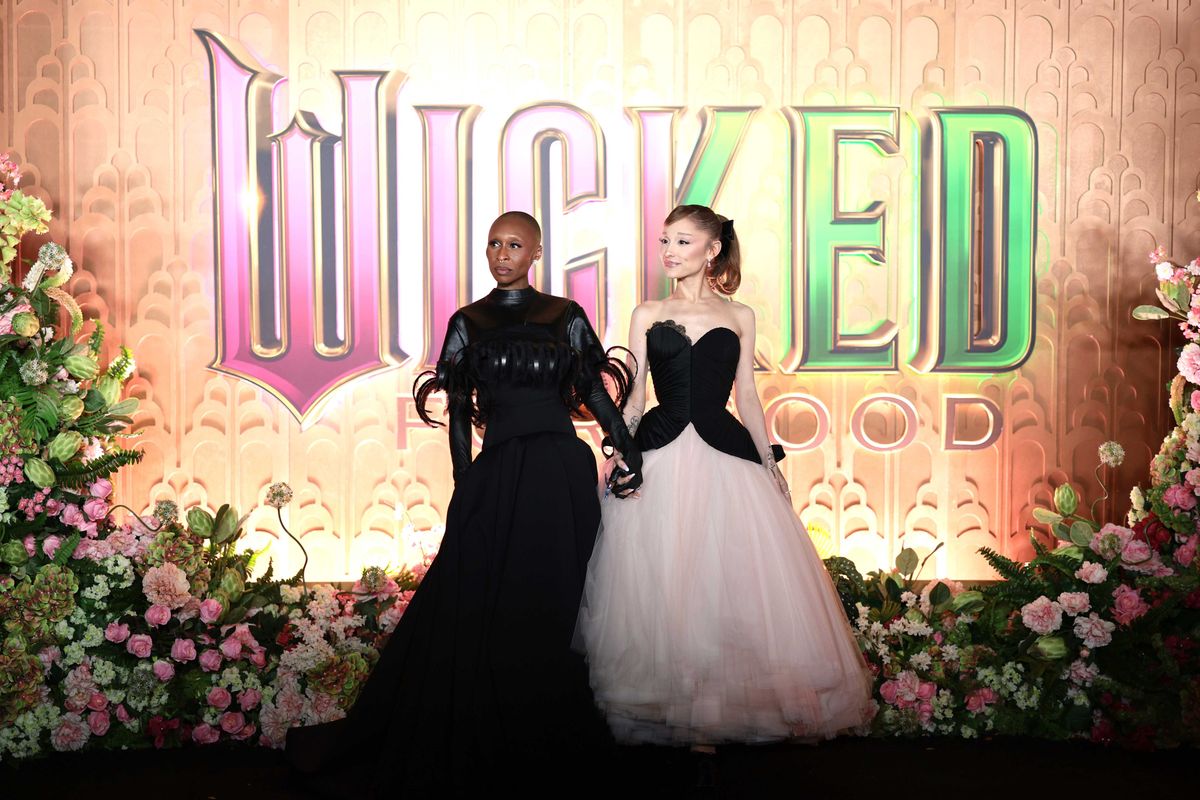News
Bridie Pearson-Jones
May 21, 2017
Melania Trump is currently accompanying her husband on his first foreign trip as President.
Yesterday, they arrived in Saudi Arabia where they both chose to forego custom and did not wear headscarves.
Women living in Saudi Arabia are expected to wear the scarf, and the dress code is often violently enforced by the religious police.
So why the exception for the First Lady and the First Daughter of the United States?
Why does this matter?
Melania, and her step-daughter Ivanka are the latest in a long line of women who have foregone the headscarf on trips to Saudi Arabia.

On recent trips to the country, Angela Merkel and Theresa May both didn't wear headscarves. May said she wanted to act as example of "what women can achieve".
It's important for me as a woman leader and as leader of the Government of the United Kingdom to maintain the relationships that are important to us as a country, for our security, and our trade for the future.
But I hope also that people see me as a woman leader, will see what women can achieve and how women can be in significant positions.
However, Theresa May has previously covered her head, while Home Secretary she wore a headscarf on a visiting to the Kanzul Iman Central Jamia Mosque in Tipton, England.
Michelle Obama went without a headscarf in 2015 when visiting the Saudi Arabia. At the time, Donald Trump criticised the then-First Lady for this.
Taking to his favourite forum, Twitter, the future President said:
Many people are saying it was wonderful that Mrs Obama refused to wear a scarf in Saudi Arabia, but they were insulted. We have enuf enemies [sic]
Hillary Clinton also decided to forego a scarf during her visit in 2012 and in 2013, but she did wear a headscarf on a trip to Lahore, Pakistan.

Similarly, Michelle Obama wore a head-covering on her trip to Indonesia.

Condoleezzaa Rice didn't wear a headscarf on her trips to the Middle East and Musilm-majority countries. First Lady, Laura Bush sometimes did and sometimes didn't.
Duchess of Cornwall Camilla wore a headscarf while visiting Saudi Arabia and the Duchess of Cambridge Kate Middleton covered up with a white scarf at the Assyakirin Mosque in Malaysia in 2012.
High-profile western women who wear headscarves during trips to the Middle East are often criticised for giving into oppression, whereas those who chose not to are often called disrespectful.
Last year Australian-born Princess Mary of Denmark received backlash for not wearing a scarf on a a trip to the country, and Australian Foreign Secretary Julie Bishop was criticised for wearing one.
What's the law?
Saudi Arabia adheres to a strict interpretation of Sharia Law, and women are banned from driving, and men and women are segregated in public.
The Middle-Eastern country has a strict dress code for female citizens. Saudi women are required to wear a loose, black robe known as an abava in public and most women cover their hair and face with a veil known as the niqab.

Foreign women visiting the country aren't bound by these laws, but UK government travel advice recommends they adhere to it.
Strict guardianship laws in the kingdom also require a male relative’s (usually husband or father, but sometime even a son) consent before a woman can get a passport, travel or marry.
More: It's been 100 days since this disturbing gif of Melania Trump went viral
Top 100
The Conversation (0)















